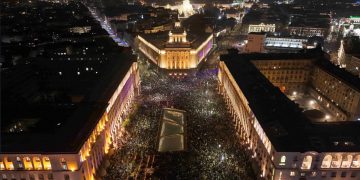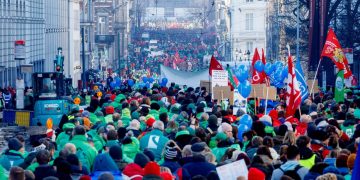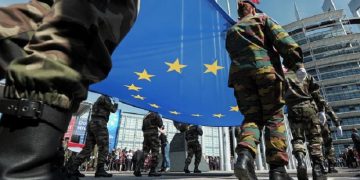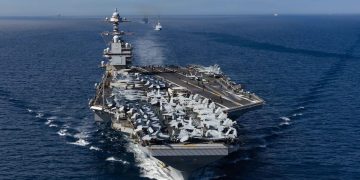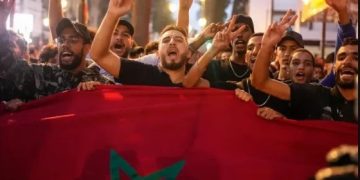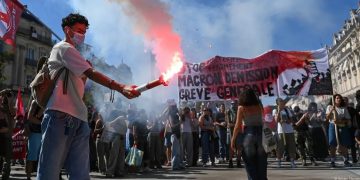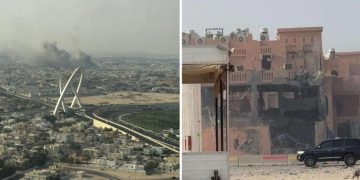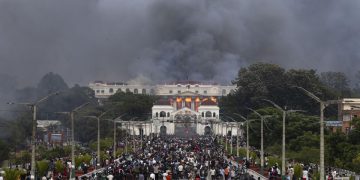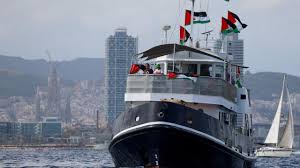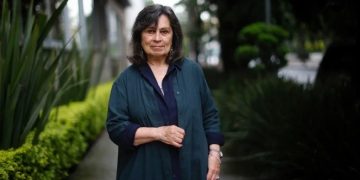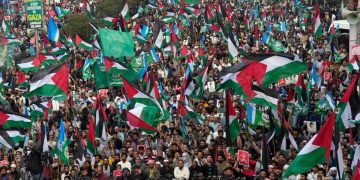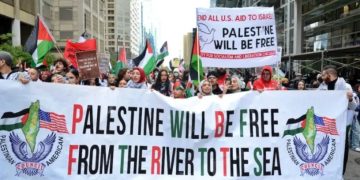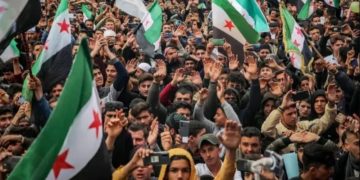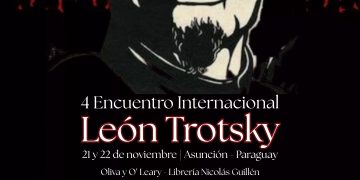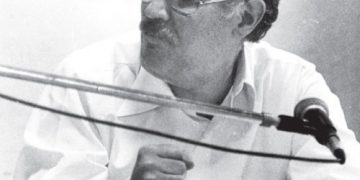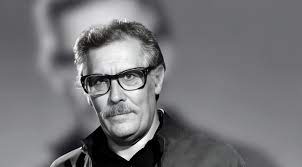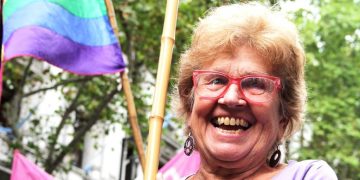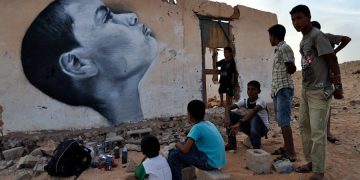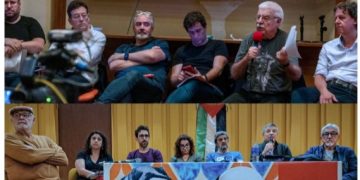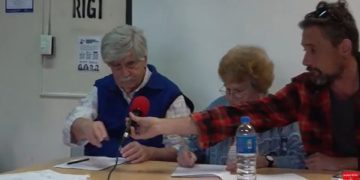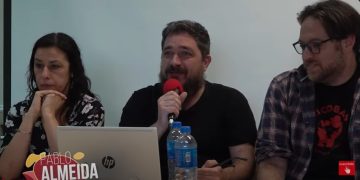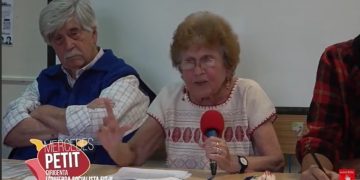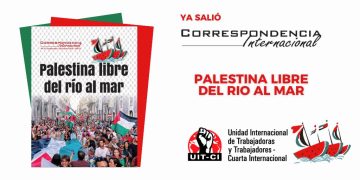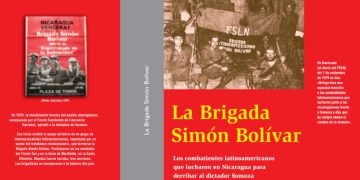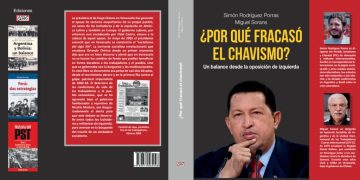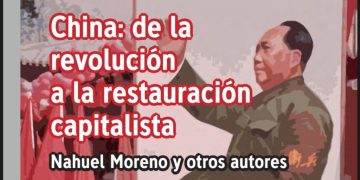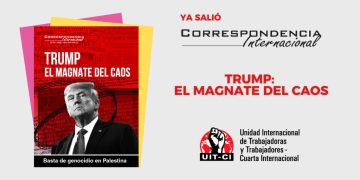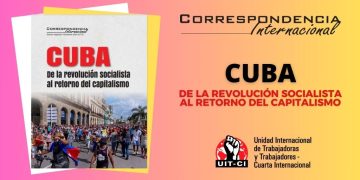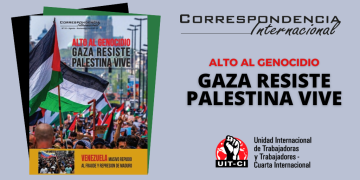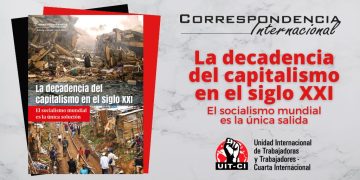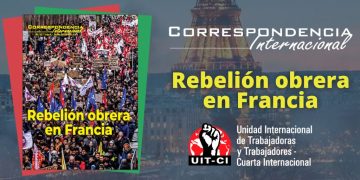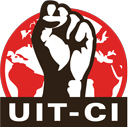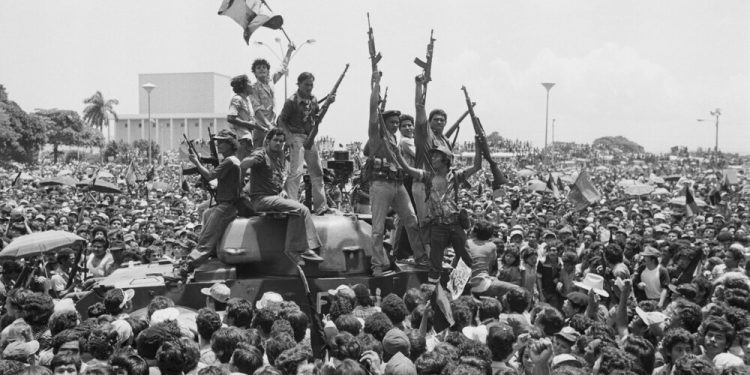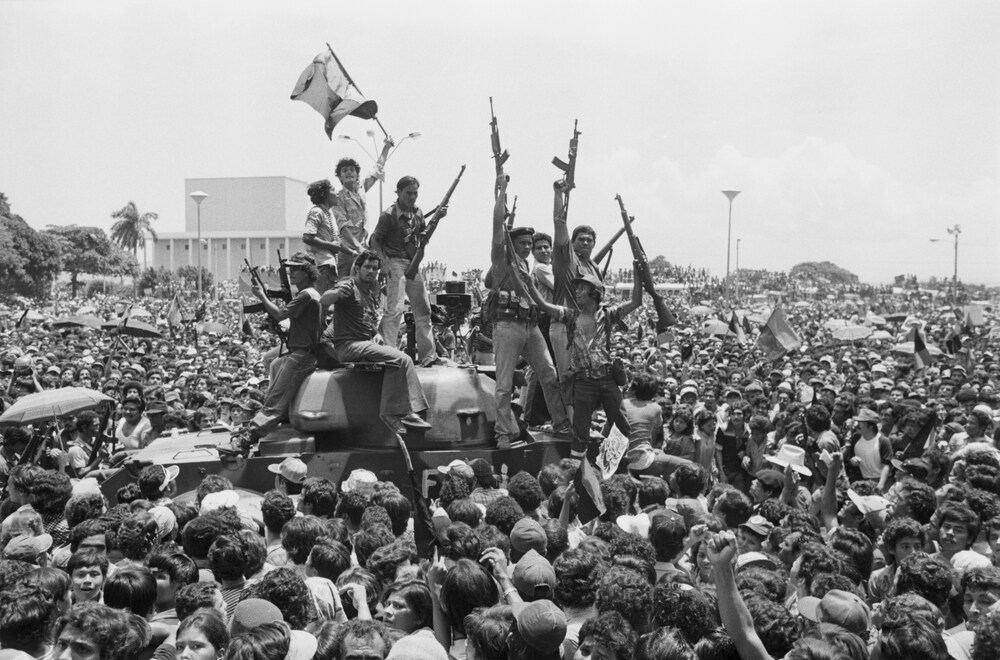
By Miguel Sorans*
The triumph of the revolution in 1979 was a great impact and generated great expectations. After 45 days of a general strike and the armed struggle of the FSLN (Sandinista National Liberation Front), the National Guard was defeated and the fierce dictator fled. Forty years later, the leader of that revolution, Daniel Ortega, is a bloodthirsty dictator repudiated by his people.
The leadership of Sandinismo took to defeat that triumphant revolution. It is very important to draw the conclusions of how, 40 years later, the former commander Daniel Ortega, using the flags of the FSLN, governs for the rich and against the working and oppressed people. Some former Sandinistas such as writer Sergio Ramirez (he was Ortega’s vice president from 1985 to 1990) argue, against Ortega, that it was all because «we wanted a hegemonic party» and that the «democratic» character of the revolution was put aside. For the revolutionary socialists the analysis differs. Although Ortega’s anti-democratic advance is real, the underlying problem is that the FSLN did not break with the bourgeoisie and imperialism. And along that road they ended up starving and repressing the Nicaraguan people.
The Revolutionary Triumph
The revolution was immense. The Somoza family had dominated Nicaragua since 1936, with a pro-American dictatorship. In 1979 practically all the Nicaraguan people rose. By mid-year, in intense fighting between the FSLN and the National Guard «the boys» (the popular name for the Sandinistas) took the northern area (Matagalpa and León). In the capital Managua, a desperate bloodthirsty Somoza bombarded the working-class neighbourhoods. The street fighting took place in the city. On the southern front (border with Costa Rica), the final battle was concentrated in the city’s taking of Rivas, the last stronghold of the dictatorship. On 19 July, Managua was in rebels’ hands. In a country with two and a half million inhabitants, there were approximately 50,000 casualties.
In their struggle, and with the Sandinistas at the head, the Nicaraguan masses liquidated the bourgeois state, annihilated their army, partially armed themselves and began to occupy lands and factories, forming trade unions and exercising embryonic and partially direct political power. An enormous opportunity opened to advance expropriating the great bourgeoisie and imperialism, to ignore the dictatorship foreign debt, to begin a planning economy to satisfy in the first place the urgent needs of the Nicaraguan people. That is to say, to start the path towards socialism.
The policy of the FSLN leadership was the opposite. They formed the Government of National Reconstruction (GRN), with the main representatives of the tiny anti-Somocist bourgeoisie, Violeta Chamorro of the Conservative Party, and the businessman Alfonso Robelo.
The Sandinistas undertook this path with the help of a very important advisor: Fidel Castro. In a speech in the Cuban city of Holguin, with the presence of Robelo and several Sandinista commanders, Castro said that «Nicaragua should not be another Cuba» (Juventud Rebelde, 29 July 1979**). He advised the Sandinistas to do the opposite of the Cuban experience of 1959-61, when Fidel and Che Guevara led the break with imperialism and the Cuban bourgeoisie, expropriations and economic planning.
Our current, headed by Nahuel Moreno, put forward an alternative policy to that of Ortega and Castro. We intervened in the 1979 revolution with the Simon Bolivar Brigade. The policy of the brigade leaders was to promote mobilisation and an independent workers’ and peasants’ power, via the new unions and popular militias. It proposed a Sandinista government without capitalists to advance in the expropriation of the landowners and the bourgeoisie and to support the revolutionary process of El Salvador. Ortega’s policy and the leadership of the FSLN was different. And that is why Ortega finally expelled the brigade. He made the brigadists arrested and imprisoned in Panama.
Ortega and the FSLN ruled with the bourgeoisie and rebuilt the economy and the political and military institutions of capitalism. It was the Nicaraguan people who suffered the consequences of this policy with more poverty and repression.
Now it is necessary to end Ortega’s dictatorship
In 1990 the FSLN lost the elections to the right-wing pro-American Violeta Chamorro. In 2006 Daniel Ortega returned to power, having previously signed an agreement with the Constitutionalist Liberal Party of corrupt Arnoldo Aleman. He allied himself with the right-wing sectors in Congress to pass, for example, a law banning the right to abortion, one of the revolution’s achievements. He made a deal with the Catholic Church and with the big businessmen of the Private Business Superior Council (COSEP). Finally, in April 2018, a popular uprising broke out. The detonator was Ortega’s attempt to impose a welfare reform suggested by the IMF. Thousands took to the streets all over the country. People set up barricades again. Ortega had to retreat with the reform. But the people hated the dictatorship and the mobilisation did not to stop and demanded: Out Daniel! The Church, imperialism, the OAS and the big businessmen, fearful that Ortega would fall for a new revolution, like those in North Africa, called for «dialogue» and negotiation. While Ortega continued repressing and imprisoning activists. To this day we know of around 350 dead. Applying these two politics they have succeeded, for now and despite the mobilisations, the regime has survived.
The mobilisation showed forms of self-organisation of the students, the women’s movement and the peasantry (the «Movement against the Canal,» among them). But the deficit of the Nicaraguan popular rebellion has been the absence of a revolutionary leadership. They used this vacuum to channel the opposition to the regime through the Civic Alliance, where the business sectors of Cosep and Mario Arana, president of the American Chamber of Commerce, among others, are hegemonic. Since March, a negotiation table with the government has been set up. But many sectors are critical of this dialogue. Among them were the leaders of the student movement, women’s organisations in struggle and former Sandinista commanders like Luis Carrion and Dora Tellez, who broke up with Ortega. Because of these negotiations, an amnesty law came out that freed an important part of the imprisoned leaders, such as the peasant leader Medardo Mairena, the student leader Yubrank Suazo or journalists Miguel Mora and Lucia Pineda. But the law has been repudiated because it has a trap that allows for the liberation and «amnesty» of the regime’s genocidal police and paramilitary while other activists remain imprisoned.
The only way out against this dialogue of cheaters and liars is to continue with the popular mobilisation until overthrowing Ortega’s dictatorship. In this way, we must take steps to form an alternative revolutionary regrouping. In the perspective of fighting for a government of those from below, of the self-organised workers, students, women and peasantry. The task that remained pending after the 1979 revolution.
*Leader of the Socialist Left (Argentina) and of the IWU-FI, former member of the Simon Bolivar Brigade.
** Full speech at http://www.cuba.cu/gobierno/discursos/1979/esp/f260779e.html
www.uit-ci.org
The Simon Bolivar Brigade*
The PST (Socialist Workers Party) of Colombia promoted it from Bogota, where Nahuel Moreno was exiled, and led a systematic campaign to support the struggle against Somoza’s dictatorship.
Recruitment and training began in Bogota in June 1979. More than a thousand volunteers signed up in a few days. It was financed with fundraisings from unions, other organisations and many people who contributed to the piggy banks.
Many were individually incorporated into the ranks of the Sandinista army in the South Front and participated in the bloody confrontations that took place against the last resistance of the Somoza National Guard. Three members of the brigade fell in combat (Mario Cruz Morales, Pedro Ochoa García and Max Senqui) and many were injured. On the Atlantic Coast, in the city of Bluefields, the defeat of the Somocist and the seizure of the city were directly in the hands of a column of brigadists.
Once the dictatorship was overthrown, the brigade dedicated itself to supporting the formation of new unions, 110 organisations in Managua and Bluefields, along with support for the armed neighbourhood militias. On 16 August 1979, they were arrested and expelled from the country.
*See La Brigada Simon Bolivar. El Socialista (only in Spanish)








